Part 1 explored Shamatha and Vipassana. Part 2 explored Tantra.
Let’s start off by exploring how non-dual practice is very different from Vipassana and Tantric practice.
In both Vipassana and Tantra, we are purifying our mind-body and also cultivating perceptual skills (concentration, clarity, and equanimity) that we are using to deconstruct our normal projected reality.
We are in a sense dissolving our conditioning and habits of mind to reveal a quality of mind which is clear, awake and aware.
Non-dual practices are often called direct path because they attempt to point out the clear, awake and aware quality of mind directly.
Non-dual practices are often called direct path because they attempt to point out the clear, awake and aware quality of mind directly.
Now Vipassana and many Tantric traditions are non-dual in their perspective, and tout highly regarded non-dual practices — but they typically don’t lead with these things, saving these techniques for later stages of practice.
Advaita Vedanta is often translated as “non-dualism”, though it more literally translates to “not-two”. It was popularized by 8th century Indian synthesizer and scholar Adi Shankara.
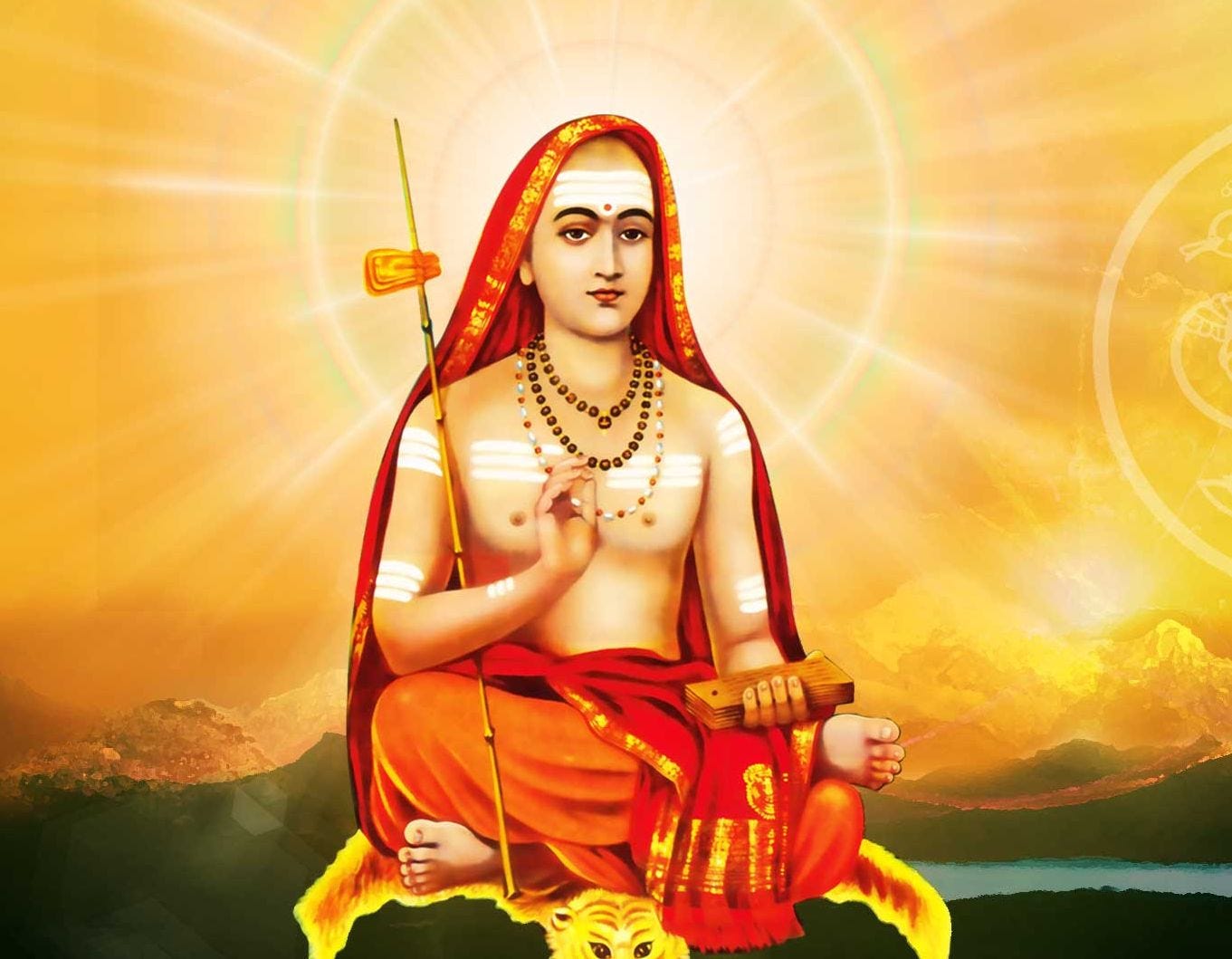
The predominant view in Indian spirituality at this time was dualistic in the sense that there was a divide between consciousness and matter, between us individuals and ultimate reality (known as Brahman or God in the Hindu tradition).
While most spirituality at the time was focused on ritual and devotion, Shankara promoted the path of knowledge, proposing that we can prove the ultimate undivided nature of reality through textual and philosophical exposition.
But Advaita took a new turn in the 20th century with Ramana Maharshi, a brilliant Indian sage who revolutionized spiritual practice by emphasizing self-enquiry.
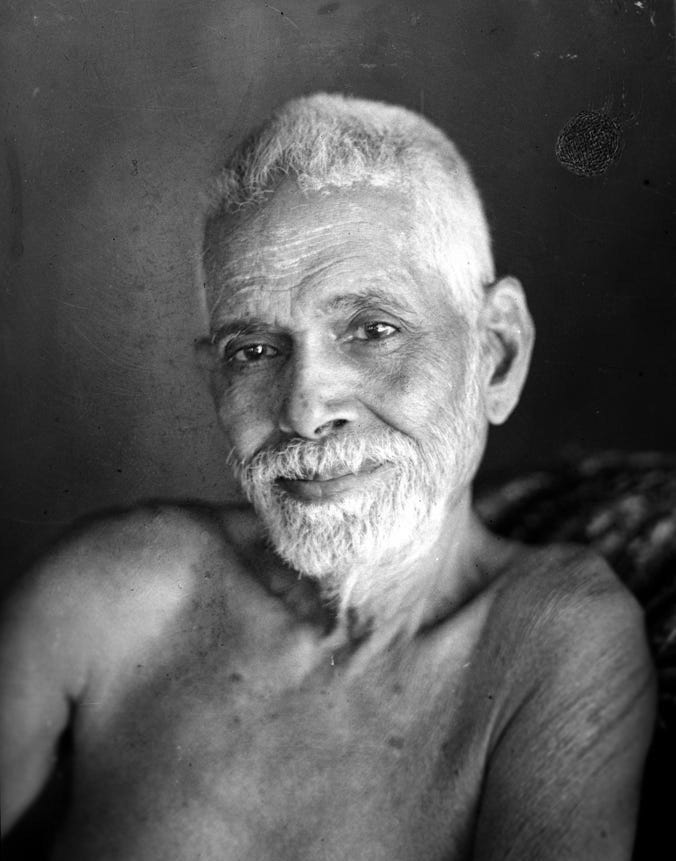
While Shankara was great at debate and emphasized the undivided nature of reality through scriptural analysis and logic, Ramana was a deeply realized spiritual practitioner and taught that our true nature could be realized through the investigation of the self.
The primary practice Ramana taught was to simply ask “who am I?” and then look. Look for the sense of self. And then stay with that sense of self as much as you can, further inquiring into its nature.
This emphasis on self-inquiry has often been termed neo-vedanta, and it is a fast growing spiritual movement.
Another notable pioneer of neo-advaita is Sri Nisgardatta Maharaj, author of the classic non-dual text I Am That. Other notable teachers include Ramana disciple Hariwansh Lal Poonja, better known as Papaji, and one of his best known students Gangaji (I recommend the audio version of her book The Diamond In Your Pocket).
However the current non-duality movement transcends neo-vedanta, as we see prominent non-dual teachers today drawing from Zen and Tibetan Buddhism as well.
Let’s explore some of the common practices!
Inquiry
Although Ramana Maharshi is one of the great popularizers of inquiry as a means to awakening, we also see inquiry practiced traditionally in Zen Buddhism.
Ramana emphasized self-inquiry, asking “who am I?”, but there are countless dimensions of reality it can be fruitful to explore.
Rinzai Zen utilizes riddles —called koans — as a form of inquiry. You’ve likely heard of some of the classics that have made their way into the western psyche like “what is the sound of one hand clapping?” or “if a tree falls in the woods and no one is around to hear it, does it make a noise?”.
The idea with koans is not to think about them logically, but to try to use these mind-bending questions to peer into a quality of awareness that is beyond logic and beyond thinking.
These riddles or paradoxes are meant to confuse and sort of short-circuit our normal thinking process, revealing a more expansive, interconnected, and fundamental quality of mind that is itself paradoxical.
A classic Korean Zen koan asks the question “what is this?”, inquiring into the nature of existence itself.
These questions are not meant to be asked casually, but they are meditated on for hours, days, weeks or years.
One of the most widely respected non-dual teachers today is Adyashanti, who originally studied Zen formally but began to teach more direct path style after his awakening.
Adyashanti recommends trying out the inquiry “what am I?”, which I found to land better than Ramana’s “who am I?”. The word “who” can tend to evoke dimensions of identity, which can be inspected to reveal their fabricated nature.
For me, asking “what am I?” de-personalizes the experience in a liberating way, opening up a fresh perspective from which to investigate the nature of self.
Non-dual teacher Angelo Dillulo recommends exploring different inquiry questions to find one that really hooks you. Aside from the two listed above, he suggests many more:
How do I live a life free of suffering?
What is eternity?
What is this that is aware before, during, and after a thought?
What is consciousness?
Is it possible to be conscious without thought?
Where Am I?
What is reality?
What is true peace?
What is the deepest truth of this moment?
Who is observing thoughts?
Who is aware of this experience?
What is sound?
Who is hearing the sounds?
Who is feeling the sensation?”
Excerpt From Awake: It's Your Turn by Angelo Dilullo
The idea is to find a question that really tickles you, where you really want to know the answer. As Angelo explains:
“A good approach to finding your fundamental inquiry is to simply ask yourself, “What is my core question?” or “What is my most essential inquiry in life?” or “Which question really stirs something in the deepest part of myself?”
Once you find your inquiry question, you ask it all the time. It is not a mantra, not something to be repeated mechanically, but you ask and really look, each time looking with fresh eyes (or a fresh mind). In Zen this is referred to as Beginner Mind, as the classic quote explains:
“In the beginner’s mind there are many possibilities, but in the expert’s there are few.”
― Shunryu Suzuki, Zen Mind, Beginner's Mind: Informal Talks on Zen Meditation and Practice
Pointing Out

Another common form of non-dual practice is commonly referred to as Pointing Out, where a teacher points to some aspect of the undivided nature of reality that is not normally perceived clearly.
I’ve developed a pointing out instruction that is an amalgamation of instructions I’ve heard that has elements of both Vipassana and Inquiry (I may have just stolen this outright but genuinely can’t remember a singular source… if you’ve heard this one before, definitely let me know as I’d love to credit a source).
First notice that all experience is sensory experience, mainly made up of seeing, hearing, and feeling (of course there are more sensations like taste and smell, but seeing/hearing/feeling are the main ones, and also the ones that form the sense of self).
So for hearing, seeing, and feeling, we have inner and outer dimensions. Thoughts are made up of inner seeing (mental image) and inner hearing (self-talk, or imagining sounds).
Let’s just look at seeing for a moment. Notice you can see what’s in front of you (these words now), but you can also imagine something, like if you think of a bird.
Now seeing what’s in front of you (these words), and imagining something (like a bird), are these really happening in different fields of vision?
Yes there’s clearly a difference, it’s likely that these words are far more vivid and solid seeming than the imagined image of a bird, but isn’t that image of a bird also happening in the same visual field?
It’s just overlaid, likely translucent, and sort of feels like a different field of vision that you can focus on. Like when you’re really in a thought, whats in front of you in your usual visual field may become faint or blurry as you’re embedded in thinking, but it’s still there, in the same visual field, just a different field of focus.
Or you may be really focused on these words right now, but the image of a bird may still be there very faintly, and may even be on the edges of your peripheral vision (I noticed that if I’m looking at something and also thinking, often my thoughts show up in peripheral vision).
I’m proposing here that although we divide inner and outer worlds – what I see out there and what I see in my inner world – that in fact these are appearing in the same visual field, and can’t be neatly divided like we normally think.
The same is true with sounds we hear and sounds we imagine. Self-talk and imagined sounds happen in the same auditory field as normal sounds we hear, it’s just that they are usually more faint and spatially seem to be heard inside our head (just take a moment to notice the space in which you experience inner talk happening, it’s often in between the ears and a little lower, but each person is unique in how they experience it).
So here we are establishing that:
- every experience is a sensory experience and
- there isn’t a clear boundary between our inner and outer experience of self and world.
If you want to refute either of these claims, you can make your argument in the comments.
Now that we’ve established these points, let me ask you, is there anything here now that isn’t a sensory experience?
Really look for any aspect of experience that isn’t a sensation (seeing, hearing, feeling, etc).
Well, there is kind of one thing present that you may not classify as a sensation. Can you guess?
.
.
.
.
.
It’s awareness itself. Someone or something is aware of all these sensations. Right?
So all of our experience is made up of sensations and awareness, right?
But wait. This is where it gets non-dual.
Can you really separate the two?
Where do you draw the line?
Have you ever had a sensory experience without awareness?
Have you ever experienced awareness without a sensory experience?
There is no line, no way that we can separate sensory experience from awareness.
We must therefore conclude that awareness and sensory experience are in fact the same thing. This would then prove what all the non-duality teachers have been saying, that everything is one undivided field of awareness, that nothing exists that is not awareness.
There is no separation between self and world. It’s all simply awareness.
There is no separation between self and world. It’s all simply awareness.
Separateness is only a mental construct, and as such can be deconstructed to experience non-duality.
(Again, if this logic doesn’t track for you, feel free to make your case in the comments.)
The Larger Non-Dual Movement
While many traditions have coveted their non-dual practices, many teachers today are making them widely accessible.
Loch Kelly for example draws specifically from Tibetan Buddhist practices, the final “perfecting” techniques from both Dzogchen and Mahamudra practice (Dzogchen and Mahamudra are more or less equivalents in that they both point to the ultimate unconditioned nature of reality/awareness, but they employ different techniques and exist in different schools of Tibetan Buddhism).
Loch calls his approach Effortless Mindfulness, not because you don’t use effort, but because you are attempting to attune to natural state of awareness that has an effortless quality.
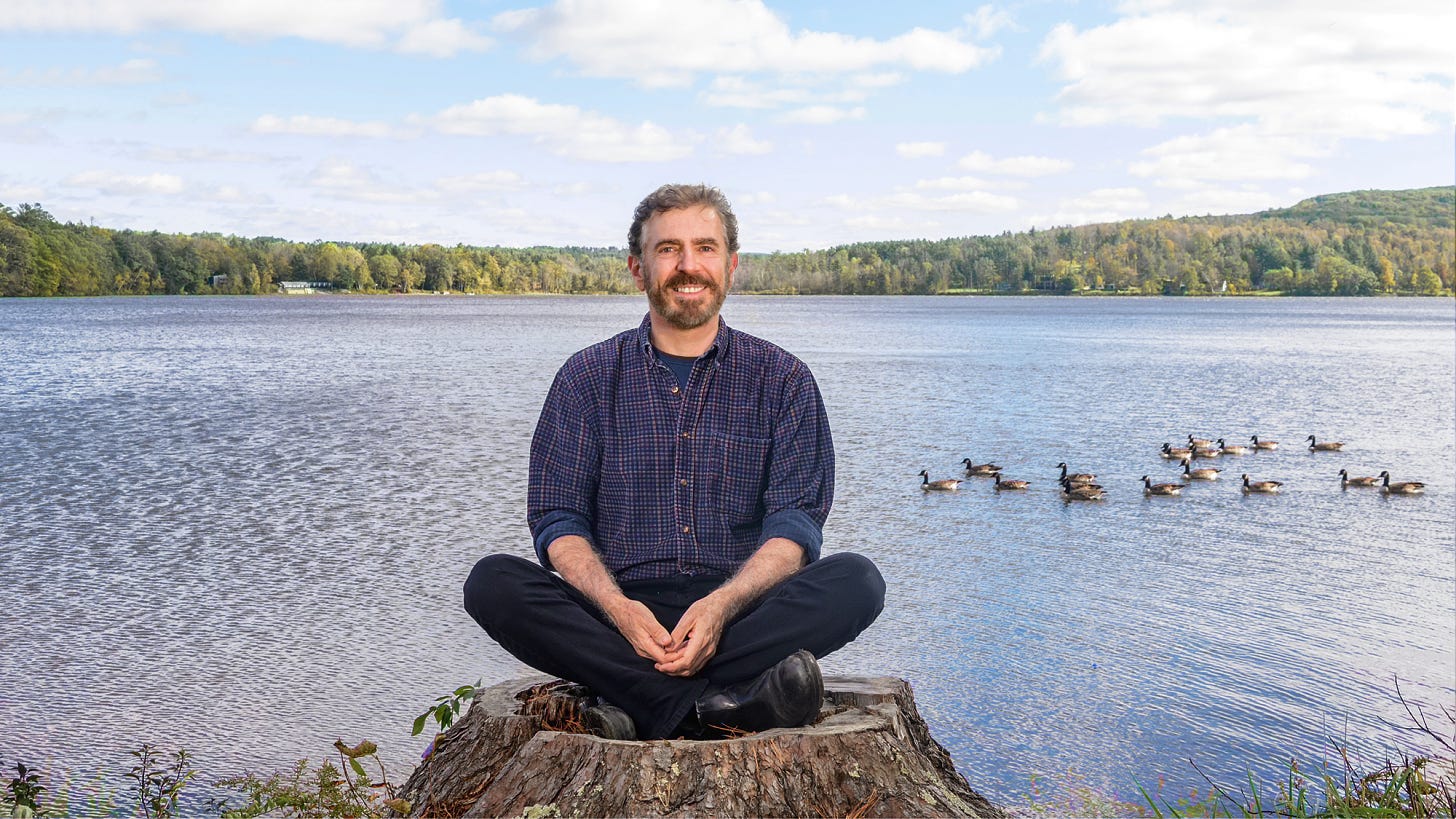
He uses a range of “pointing out” instructions, emphasizing that different approaches will work better for different people, so it’s best to explore and see what lands for you.
Loch also is somewhat unique in his emphasis on “small glimpses many times”. Instead of trying to stabilize and concentrate your mind first, as is taught in most Buddhist traditions, you can jump right into non-dual practice by trying to repeatedly glimpse timeless awake awareness.
Loch claims that routinely glimpsing this awake awareness can make it more and more accessible, until eventually there’s a figure-ground reversal, and your default perspective becomes this awake awareness.
One of Loch’s beginner techniques is to simply ask:
“What is here now when there is no problem to solve?”
So, what is it?
It’s often said that our mind is a problem solving device (and if there are no problems to solve it will start to create them).
So what happens to the mind when there is no problem to solve?
Another one of Loch’s beginner practices is to drop your awareness from head to heart.
Notice that we feel our sense of self, the place we are aware from, seems to reside in our head, somewhat behind the eyes.
See if you can unhook awareness from this place and drop it down into your heart.
In this case we are not being aware of our heart, but from our heart.
And then notice, what are the boundaries of these awareness? Does our felt sense of awareness end at the edges of our body, or can we sense a spacious awareness that extends beyond the boundary of our skin?
This is a common non-dual exploration, to explore the boundaries of awareness.
(Spoiler alert: it’s boundless.)
Just as an aside here, one thing I love about Loch is that he freely gives all of his course practices. You can find them on his podcast, in free workshops he’s given on YouTube, and there’s a link circulating to give 3 months free access to his new Mindful Glimpses app, which is undoubtedly the best way to jump into this sort of practice (his books are fantastic too, but the app really has well structured practices).
Speaking of apps, one of the biggest purveyors of non-dual teachings today is Sam Harris’ Waking Up app.
Loch Kelly is featured on the app too as it turns out, along with a wide variety of great teachers with dynamic approaches. While there’s great content on the app, I have mixed feelings about Sam as a teacher, and find his framing to often be overly heady and reductive (but I’m sure it lands for some people).
While Sam considers himself a student of Dzogchen, it irks me that he can be so flippant towards the rest of Tibetan Buddhism, often seeming to spout his own dogma as a hard-nosed materialist (while I don’t think that really describes Sam’s view, he sure does come off that way a lot).
A Quick Word of Warning
Overall, last time I explored Waking Up I was impressed with the content, and do recommend it for people wanting to explore non-duality. That being said, I don’t think the app is up-front enough with the potentially destabilizing nature of non-dual practice, and how it can lead to difficult experiences of depersonalization (feeling like you’re not real or not “you”) and derealization (feeling like the world isn’t real).
I came across numerous posts on reddit of people using the app and then experiencing derealization and/or depersonalization. This is a real risk for anyone doing non-dual practice. While for many people it can offer relief for the sense of self to start to dissolve, for many others it can be distressing.
There is a great organization called Cheetah House that researches and supports people dealing with these difficulties. The founder, Willoughby Britton, was actually interviewed on the Waking Up app, but I feel the risks and dangers should be a little more upfront. The difficulty is that warning people about the dangers could prime people to have more negative experiences, but I believe there’s a skilful way to warn people and offer resources without worrying people too much.
YouTube
While Waking Up is a great app for exploring non-duality, there’s so much great content out there for free now. A number of great YouTube channels exist exploring non-duality and non-dual practices.
Widely celebrated neo-advaita teacher Rupert Spira has a great YouTube channel full of talks, pointing out instructions, and guided practices. Spira integrates many teachers and traditions into his work, but his main teacher, Fancis Lucille, also has a great YouTube channel.
One of my personal favourite channels is Simply Always Awake by Angelo Dillulo (who also wrote Awake: It’s Your Turn, which is also one of my favourite books on non-duality, a must read if you really want to explore this topic).
Angelo has a really interesting story on how he got into this. He always felt something was “wrong” with reality, and when he encountered the idea of awakening through the modern classic The Three Pillars of Zen, he started meditating without a formal teacher and intuitively found his way to awakening.
That was over 20 years ago, and when it happened, he didn’t tell anyone. He didn’t think anyone would understand, and he also kind of didn’t think it was that big of a deal (this is also pointing to the paradoxical nature of awakening, as on one level it’s really significant, but on another level it’s absolutely normal).
Eventually Angelo started to “randomly” encounter people who were on this path to awakening, and realized he had a lot of advice to offer. This prompted him to write his book, and then start a YouTube channel.
I still think that one of the best introductions to non-duality in general is the conversation series Angelo had on ZDoggMD’s YouTube channel (part 1 is a fantastic intro, but parts 2 and 3 really get into it).
One thing I love about Angelo is his support of the wider non-dual community. He regularly features other teachers and YouTubers and ordinary people who have had awakenings in various ways.
Angelo also releases a ton of content, I believe he releases a new video every day in fact. It can be an overwhelming amount of content to sift through, but he emphasizes the important starting points in well curated playlists on his channel.
He also recently release a new full length documentary exploring the topic of awakening and non-duality.
One of the regular guests on his channel I really enjoy has her own channel called Suzanne Nonduality, where she gives insightful, often sombre talks on the topic.
Conclusion
Some people really take to direct path approach, where for others it simply doesn’t land.
My sense, based on personal experience and observing others, is that whether you take to the practice depends on your ability to catch a glimpse of non-duality.
Try it out, and if you don’t experience an opening in any way after some exploration, I advise to return to a “bottom up” approach, with my usual recommendation being Vipassana practice as it’s straightforward and effective if practiced with skill and sincerity.
Personally, Vipassana provides a solid foundation for me, and I sprinkle in non-dual inquiry here and there (along with Tantric practices that I discussed in the previous article in this series).
And finally, if you find these things interesting and want to learn more, I hope you’ll join my in my Comparative Meditation Course. It’s designed for beginners, but the breadth of the course is meant to make it engaging for meditators of all experience levels.
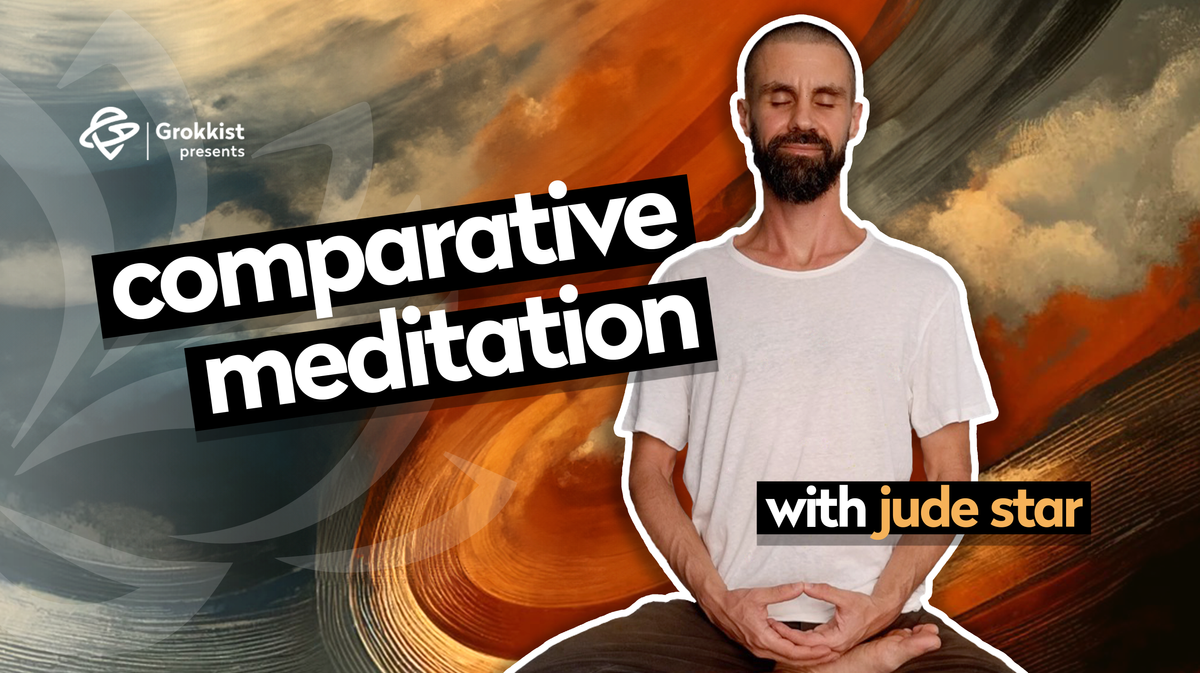
Part 1 – Shamatha's calm abiding to Vipassana's insightful mindfulness.
Part 2 – Is Tantra the most misunderstood tradition?

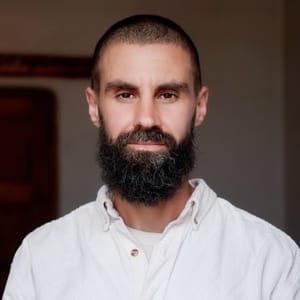
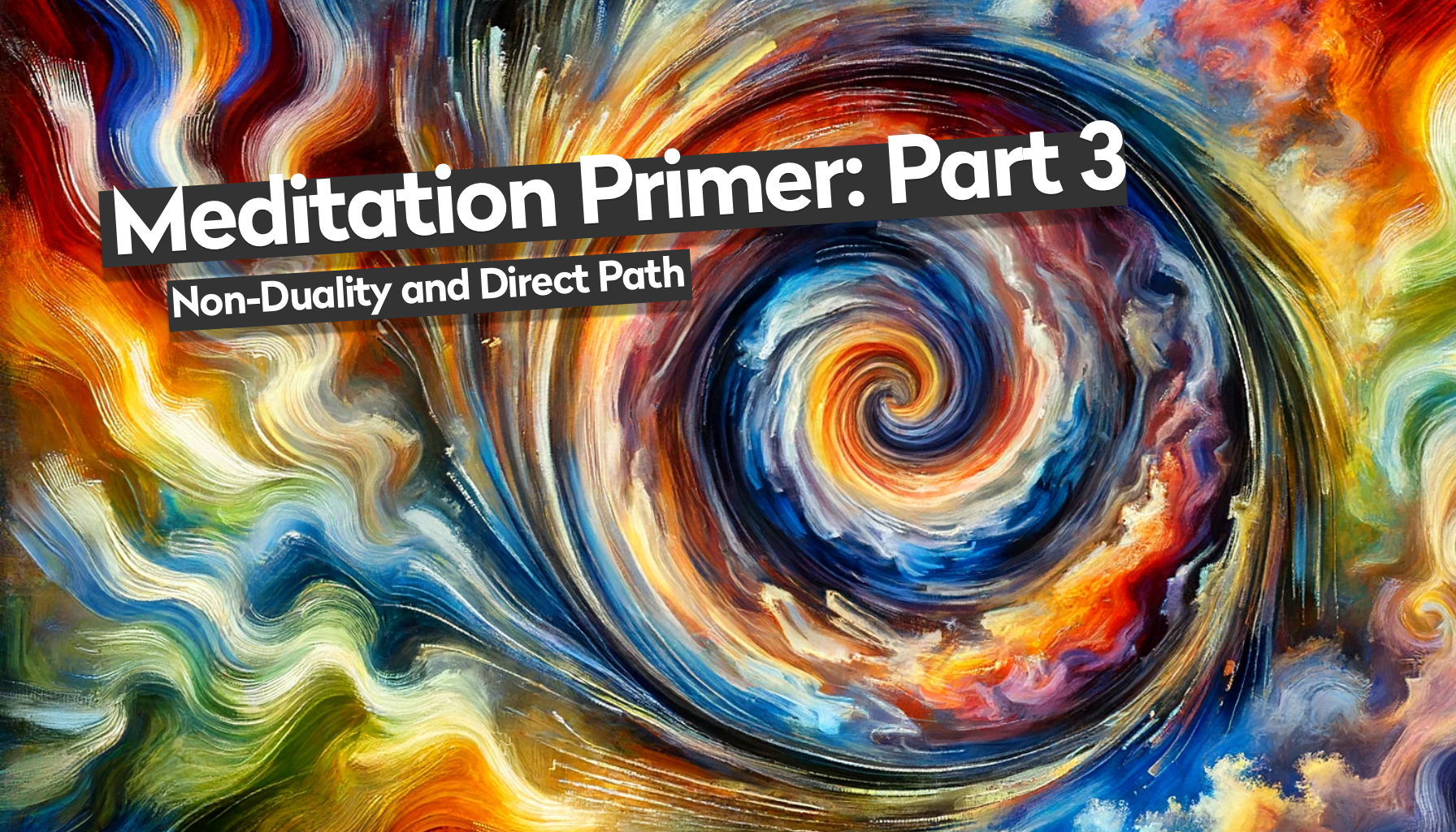
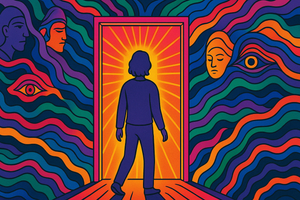

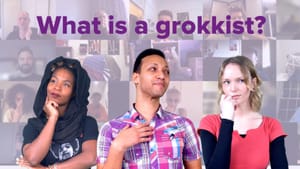


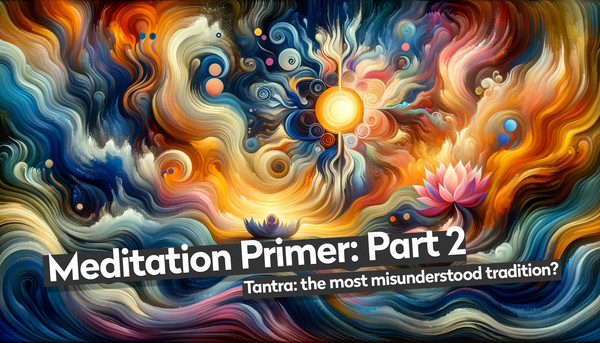

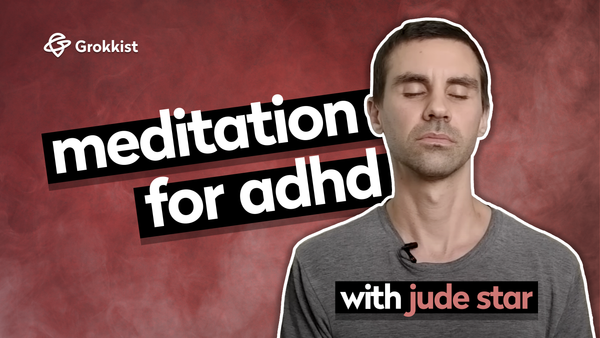
Member discussion